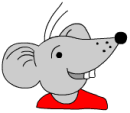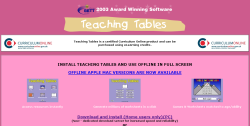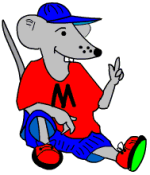What is expected of children during their primary school years in England?
Year 3 ( aged 7/8)
In year 3 one of the major areas of progress is in using written methods for working out harder addition, subtraction, multiplication and division. At first these will not be the shortened ‘standard’ methods which we use, but steps towards them and may well take the form of jottings. However, the emphasis is still on mental calculations and a question should only be done on paper if it can’t be done mentally. To help with mental arithmetic more tables are to be learned by heart including the 6x table.
Remember to look at the year 2 expectations to see the progression. Continue reading “What is expected? Part 5: Year 3.”
 These two worksheets look at doubling larger numbers, including those in the teens. It is well worthwhile asking children how they have worked these out in their heads, making use of the knowledge they have. For example doubling 17 can be worked out in several ways:
These two worksheets look at doubling larger numbers, including those in the teens. It is well worthwhile asking children how they have worked these out in their heads, making use of the knowledge they have. For example doubling 17 can be worked out in several ways:
 Larger numbers can be rounded in just the same way as rounding hundreds or thousands, always referring to the digit below the one you want to round.
Larger numbers can be rounded in just the same way as rounding hundreds or thousands, always referring to the digit below the one you want to round.